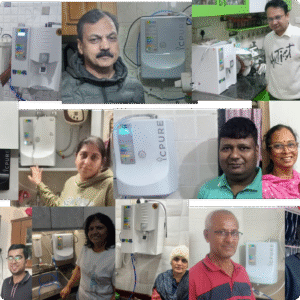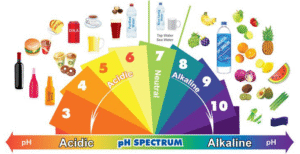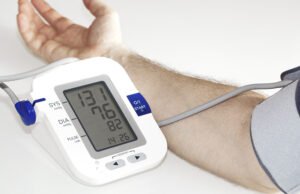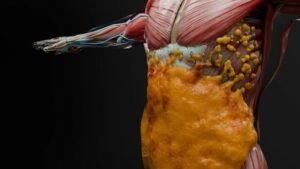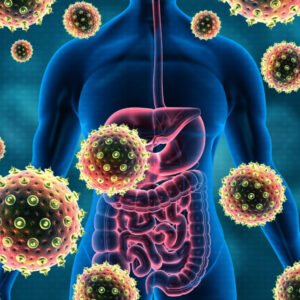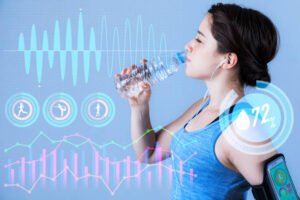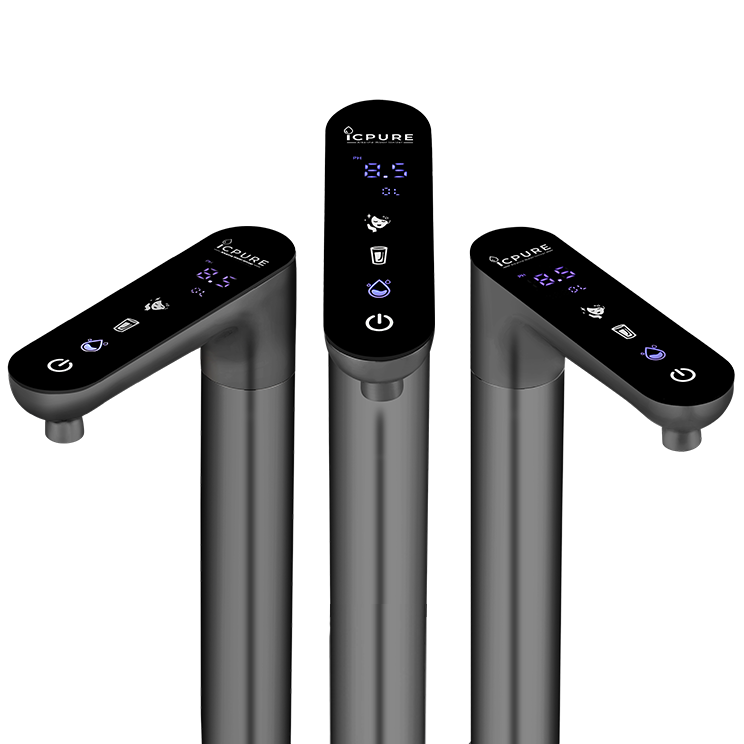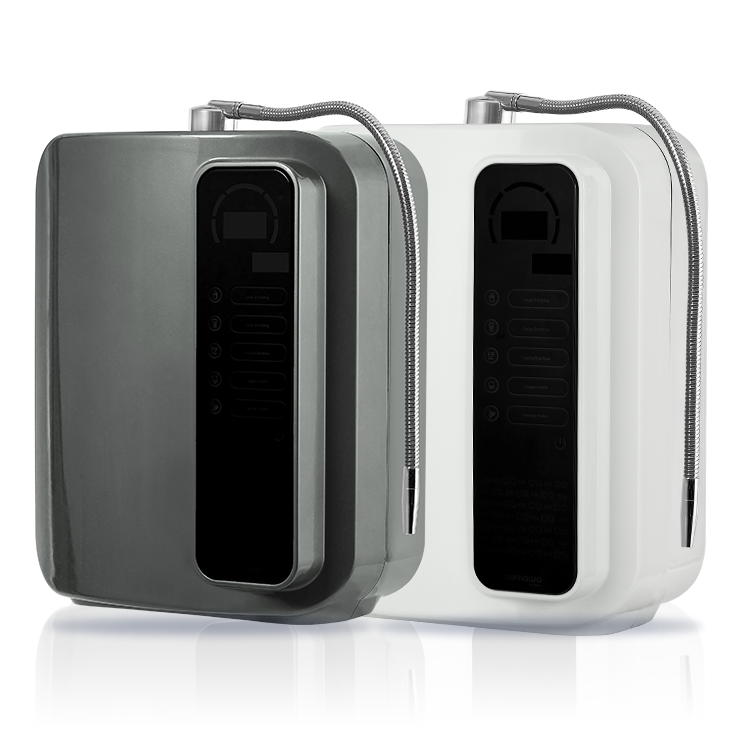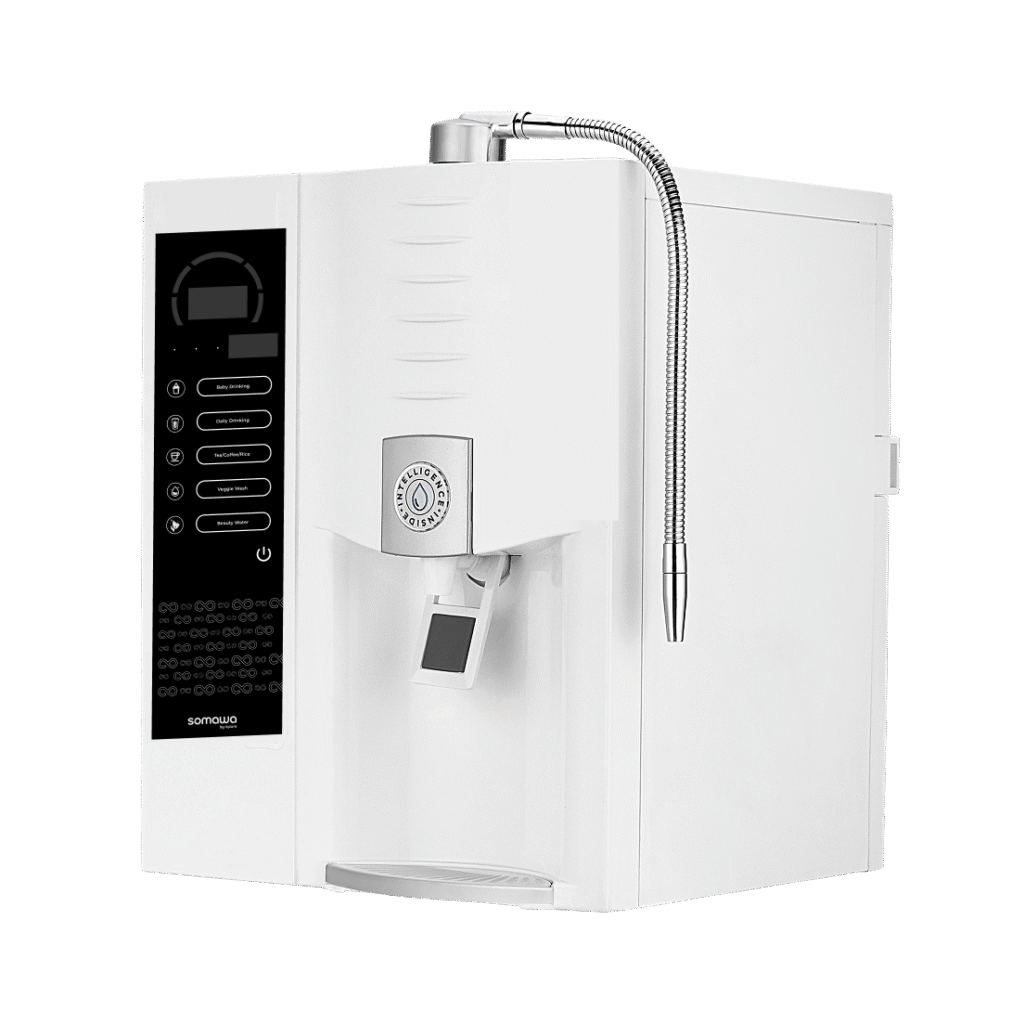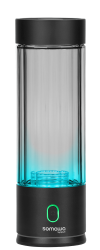Electrolyzed Water on Body Composition: Key Findings from a 2-Month Obesity Study
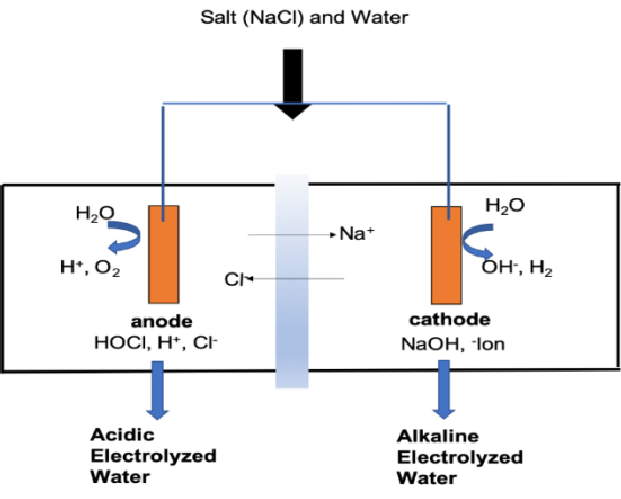
Design & participants: This preliminary study on Electrolyzed Water on Body Composition involved four obese adult subjects (mean age 52.5 years, range 42–64). Subjects continued their usual diet and medications, including antihypertensives and anti-inflammatory drugs. Each subject drank 2 liters/day of electrolyzed (alkaline/electrolyzed) water for 2 months. Measurements were taken pre-intervention, after 1 month, and after 2 months.
Tests included DEXA/body composition, basal metabolic rate (BMR), full blood chemistry and lipid panel, CBC, thyroid tests, urine elemental and toxic metal analysis, serum osteocalcin, urine N-telopeptides (bone resorption marker), and red blood cell elemental analysis. These Electrolyzed Water on Body Composition tests helped track changes in fat, muscle, and bone health. Preliminary findings show that Electrolyzed Water on Body Composition may positively influence body composition, metabolism, and overall wellness. Overall, the study provides early insights into how daily intake of electrolyzed water can support healthier body composition.
Rationale
The authors note anecdotal and preliminary evidence that Electrolyzed Water on Body Composition and alkaline/electrolyzed water can influence hydration, diuresis, mineral handling, and some metabolic markers. This small study aimed to screen for measurable physiological changes over a short intervention so that hypotheses about Electrolyzed Water on Body Composition could be generated for larger trials.
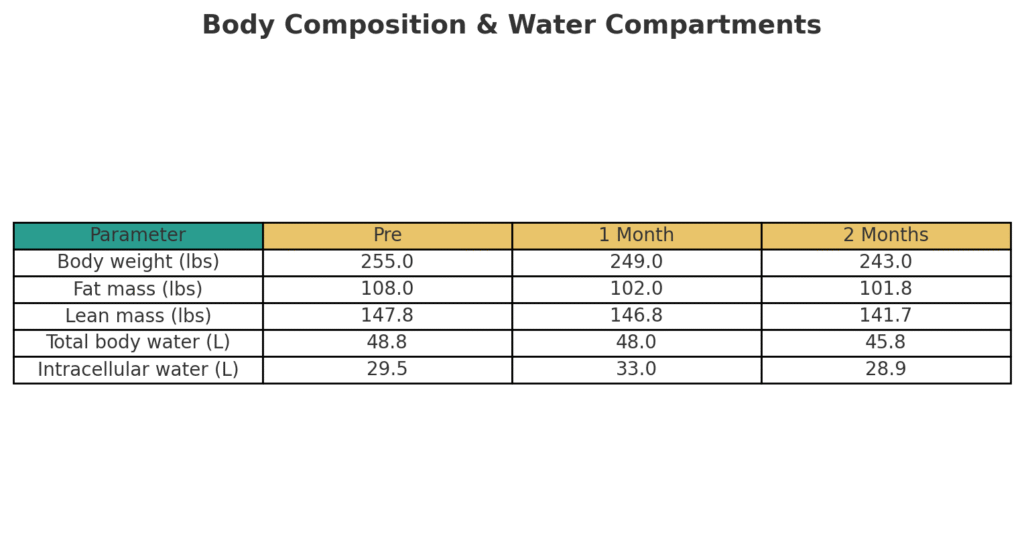
Main outcomes — body composition & weight
- Body weight: Mean weight fell from 255 ± 20 lbs at baseline to 249 ± 13 lbs at 1 month and 243 ± 11.6 lbs at 2 months. The 2-month decrease reached near-statistical significance (p = 0.05).
- Fat mass: Decreased significantly from 108 ± 26 lbs pre-intervention to 101.8 ± 23 lbs at 2 months (p = 0.02). Lean mass decreased slightly but not significantly. Total body water and its compartments changed modestly; intracellular water showed a significant change at 1 month (see table).
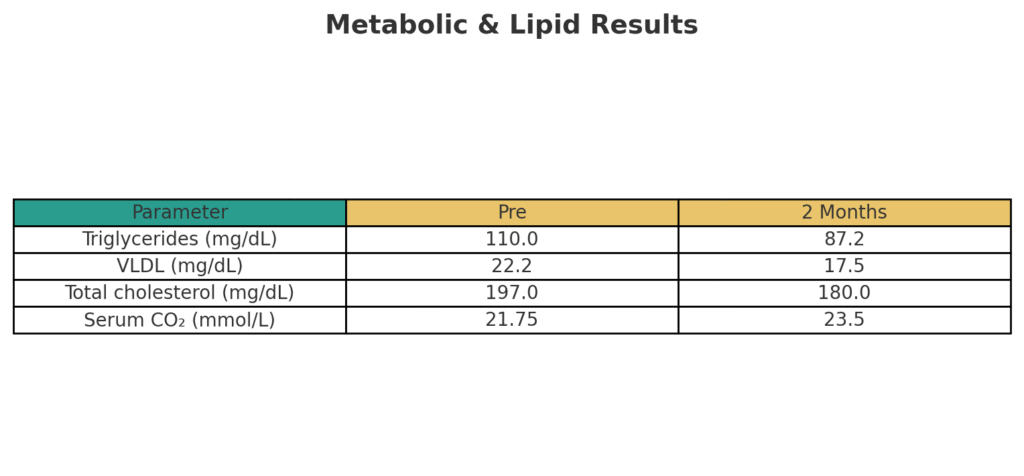
Metabolic, lipid and blood chemistry changes
- Lipids: Total cholesterol trended down (197 → 180 mg/dL at 2 months, p≈0.07). Triglycerides decreased from 110 ± 27 mg/dL to 87.2 ± 25 mg/dL at 2 months (p = 0.05). VLDL also decreased significantly by month 2 (p = 0.05). LDL and HDL showed no consistent significant changes.
- Blood chemistry: Most routine chemistries stayed within normal ranges. Serum CO₂ rose at 1 month (p = 0.01), with no concerning changes in creatinine, BUN, or electrolytes, supporting Electrolyzed Water on Body Composition.

Thyroid, hematology, and bone markers
- Thyroid: Most thyroid function tests were unchanged; one measure (Free T3) showed a statistically significant change at 1 month (details in table).
- Bone metabolism: Urine calcium and urine N-telopeptides (markers of bone resorption) showed changes: urinary calcium increased (statistically significant increases reported at 1 and 2 months), while urinary N-telopeptides decreased at 2 months (p = 0.034), suggesting a possible effect on bone turnover that requires follow-up. Serum osteocalcin and other bone markers were measured, but results were preliminary. These findings contribute to understanding the impact of Electrolyzed Water on Body Composition.
Urinary elements and toxic metals
- Urinary excretion patterns changed for several elements: phosphorus excretion fell significantly (p = 0.02 at 1 month, p = 0.03 at 2 months), and some toxic metal excretions (e.g., arsenic) showed variable changes. Red blood cell elemental concentrations showed small shifts; selenium in RBCs rose modestly (p = 0.04 at 2 months). These changes in Electrolyzed Water on Body Composition are intriguing, but given the small sample size, they require replication. Overall, the study provides preliminary insights into how Electrolyzed Water on Body Composition may influence mineral handling and metabolic markers.

Interpretation by authors
The authors report that daily electrolyzed water intake at 2 L/day was associated with:
- modest but statistically significant fat-mass loss in these obese subjects (≈6 lb fat loss over 2 months),
- improvements in triglycerides/VLDL,
- changes in markers of bone turnover and urinary element excretion,
- no major adverse effects or clinically significant lab derangements during the 2-month period. They emphasize that results are preliminary, hypothesis-generating, and limited by sample size and lack of a control group.
📰 Latest Research & Blog Highlights
In this blog
About somawa
Somawa began with a family’s discovery of alkaline water during illness, leading to ICPURE in 2019 — India’s first indigenous ionizer. From a necessity to a movement trusted by 500,000+ homes, we realized people seek more than purified water. They want purposeful water and a brand to believe in. That vision is Somawa.
Contact us
Our client
